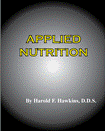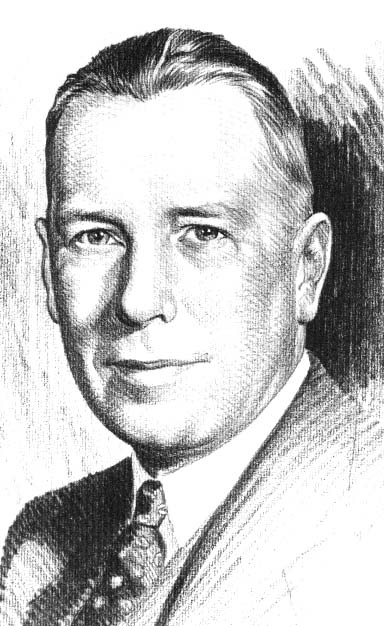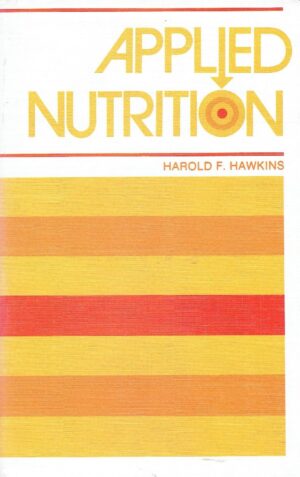Harold F. Hawkins, DDS.
(18??-19??)
Harold F. Hawkins, DDS.
(18??-19??)

Dr. Harold Hawkins a noted dental surgeon and a former Associate Professor of Bacteriology, University of Southern California, started his pioneering studies in pH, acid, and alkaline balance in the late 1930s. He followed the work of Dr. Weston Price’s published study on primitive cultures, documenting the impact of what he called the foods of commerce( Nutrition and Physical Degeneration).
Dr. Hawkins’ research on nutritional biochemistry spanned the course of twenty years studying over eight thousand individual cases. The individual corrections were accomplished principally with food, supplemented by a small percentage of vitamin concentrates. No drugs in the strictest sense of the word were used.
The findings and conclusions reported in his study were from the direct response of human beings; no laboratory animals were used. His work helped to establish a widely accepted theory that tooth decay is the result of fermentation of carbohydrates by bacteria in the mouth forming acids that in turn dissolve the mineral salts found in enamel. These mineral salts are tricalcium phosphate (90%) and calcium carbonate (10%) His research was directed to understanding why some were prone to decay and others had relative immunity.
He reasoned that since the process of decay was a biochemical one, perhaps the factors that conveyed immunity against decay could be understood by studying the variability of oral biochemistry. He found that those immune to decay maintained an effective means of neutralizing the acidity caused by the fermentation of carbohydrates in the mouth. This occurs through a number of different mechanisms.
1) The effect of the acids generated could be neutralized by the buffering capacity of;
a. soluble alkaline salts of potassium, sodium, and magnesium
b. insoluble salts of calcium in fine suspension or in a colloidal state
c. the presence of mucin a glyco-protein which creates the mucoid quality of saliva
2) The concentration and therefore the effect of the acids could be reduced by dilution.
Sufficient dilution of an acid reduces its ability to act chemically on calcium salts.
Hawkins found that 74% of those who were decay prone had a deficiency in the amount of saliva, whereas only 23% of those immune to decay did. Most dentists would agree based on their clinical experience that dryness of the mouth contributes to tooth decay.
It is clear that the saliva must be sufficient in it’s neutralizing capacity to destroy the acid and afford protection to the teeth. Those prone to decay do not. The volume and quality of the saliva is an important protective factor as well.
Further investigation allowed Hawkins to demonstrate why a diet high in carbohydrates yielded an increase in tooth decay. He demonstrated that another important variable was the level of ptyalin, a digestive enzyme secreted in saliva that acts upon starches in the mouth. His study showed that 66% of those who were decay prone were deficient in ptyalin whereas only 24% of those immune to decay had equally low levels.
The level of ptyalin was found related to two factors;
a.) The amount of vitamin B in the diet which contributed to increased ptyalin production
b.) The percentage of carbohydrates or sugars which tear it down
Hawkins stated that ” if the above factors are out of balance or below normal they will have to be placed in their normal relationship if caries is to be controlled or prevented. It may call for a change in the level of the minerals, vitamins, digestive and endocrine secretions, or a complete change in the mental attitude of the patient.”
Dr. Hawkins first published his work in a book titled Applied Nutrition in the early forties. The book was later re-published by the Lee Foundation For Nutritional Research in the fall of 1947, and republished a third time with the consent of the Lee Foundation by the international College of Applied Nutrition mid-fifties. Robert J. Peshek DDS. credits much of his early work in the two published volumes on balancing body chemistry to Dr. Hawkins.
Showing the single result


